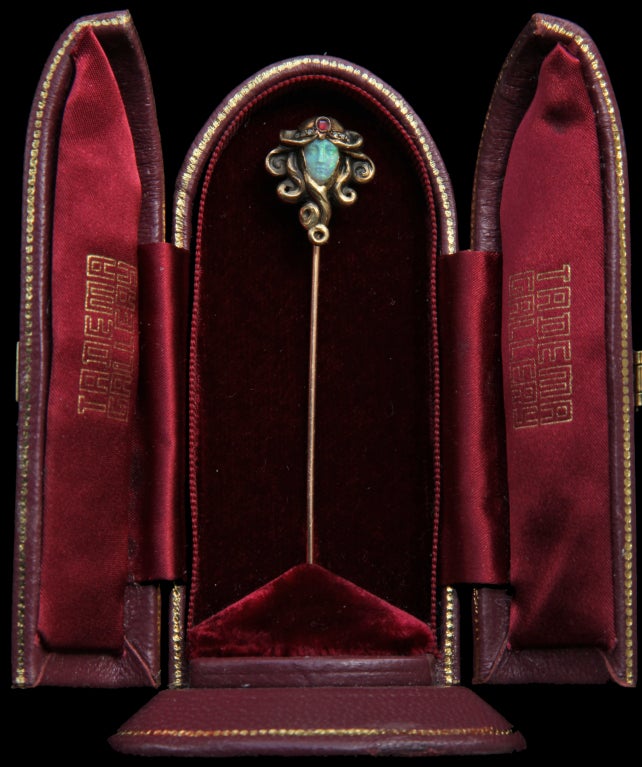
WILHELM LUCAS VON CRANACH Attrib. Symbolist Stick Pin at 1stdibs
Lucas Cranach, the Elder (born 1472, Cranach, bishopric of Bamberg [now Kronach, Germany]—died October 16, 1553, Weimar, Saxe-Weimar) leading painter of Saxony, and one of the most important and influential artists in 16th-century German art.Among his vast output of paintings and woodcuts, the most important are altarpieces, court portraits and portraits of the Protestant Reformers, and.

Lucas Cranach d.Ä. Bildnis des Moritz Büchner Lucas Cranach l'Ancien — Wikipédia Peinture
Condition: Very good. Literature: The Berlin artist Wilhelm Lucas von Cranach was a painter, designer & jeweler who studied in Weimar & Paris. His illustrious ancestor was the renaissance painter Lucas Cranach the Elder. He began designing jewels in the 1890's. Pieces executed by Louis Werner to his designs were shown at the International.

Wilhelm Lucas von Cranach Art Nouveau Brooch ca. 1900 Kunsthandel Wolfgang Gützlaf www
Wilhelm Lukas von Cranach, a descendant of the famous painter Lucas Cranach, first trained as a forester and then studied painting. He owed his reputation to his superb designs for.
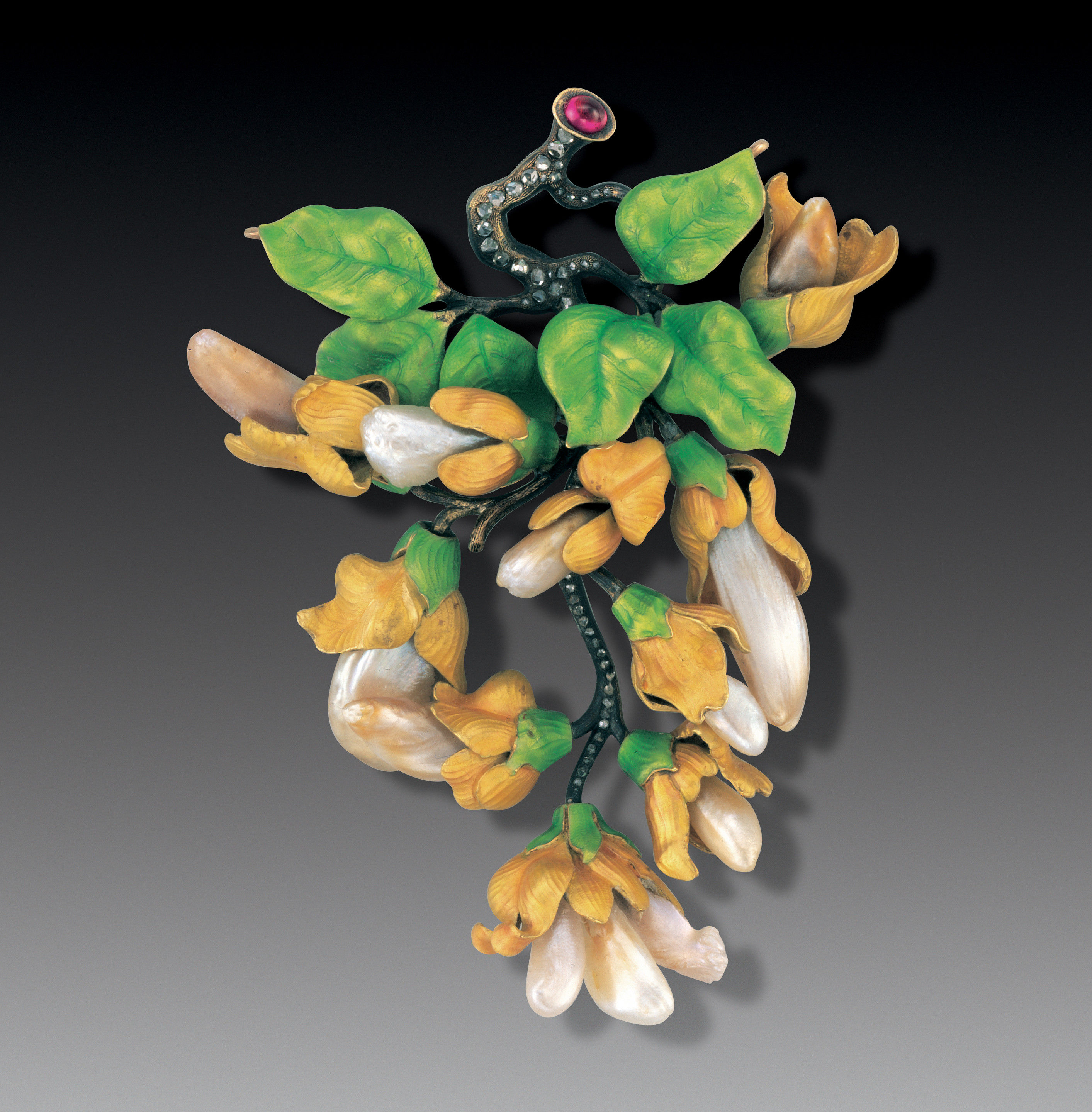
'Laburnum' Pendant/Brooch by WILHELM LUCAS VON CRANACH Tadema Gallery
Reading A short history: the delicate art of carved opal jewels Share Tweet Stickpin (detail) of opal, ruby, diamond and gold by Wilhelm Lucas Von Cranach, c. 1900 (courtesy Tadema Gallery, London) Jewelry Maker A short history: the delicate art of carved opal jewels Because it's so tricky to cut, we usually see opal in simple cabochon form.

Lucas Cranach the Elder at age 77, 1550 Artwork Painting, Portrait Painting, Albert Dürer
Introduction. Lucas Cranach the Elder, painter, printmaker, politician, and confidante of the Electors of Saxony, is famously credited with inventing pictorial vocabulary suited to the theological and social changes catalyzed by the Lutheran Reformation. Approximately 1,000 images from Cranach and his enormous workshop survive.

Wilhelm Lucas von Cranach A Symbolist brooch, German, circa 1900. Art nouveau jewelry, Art
Lucas Cranach the Elder ( German: Lucas Cranach der Ältere [ˈluːkas ˈkʁaːnax deːɐ̯ ˈʔɛltəʁə]; c. 1472 - 16 October 1553) was a German Renaissance painter and printmaker in woodcut and engraving.

Wilhelm Lucas von Cranach. Art Nouveau brooch. Circa 1900. Art nouveau jewelry, Art deco
Lukas Cranach d. Ä.; Hans Cranach; Lukas Cranach d. J.; Wilhelm Lucas von Cranach Publication in Ulrich Thieme, Felix Becker eds., Allgemeines Lexikon der bildenden Künstler von der Antike bis zur Gegenwart Volume 8 Place of Publication Leipzig Year of Publication 1913 Pages 55-59. Works discussed in publication.

Wilhelm Lucas Von Cranach c18611918, via Greengoddessemporium Антикварные драгоценности
Karl Wilhelm Lucas von Cranach, auch Lucas Sunder, (* 27. September 1861 in Stargard; † 31. März 1918 [1] in Berlin) war ein deutscher Maler, Radierer, Architekt und einer der führenden deutschen Schmuckdesigner des Jugendstils .

Wilhelm Lucas Von Cranach. Art Nouveau Necklace. Circa 1900. Art nouveau jewelry, Art nouveau
This is one of the many printed and painted portraits of Martin Luther that were produced by Cranach and his workshop beginning about 1520. The reformer and the artist were well acquainted, for Cranach served as Luther's Brautwerber (matchmaker) when he was courting Katharina von Bora, who lived in Cranach's house in Wittenberg from 1523 until her marriage to Luther in 1525
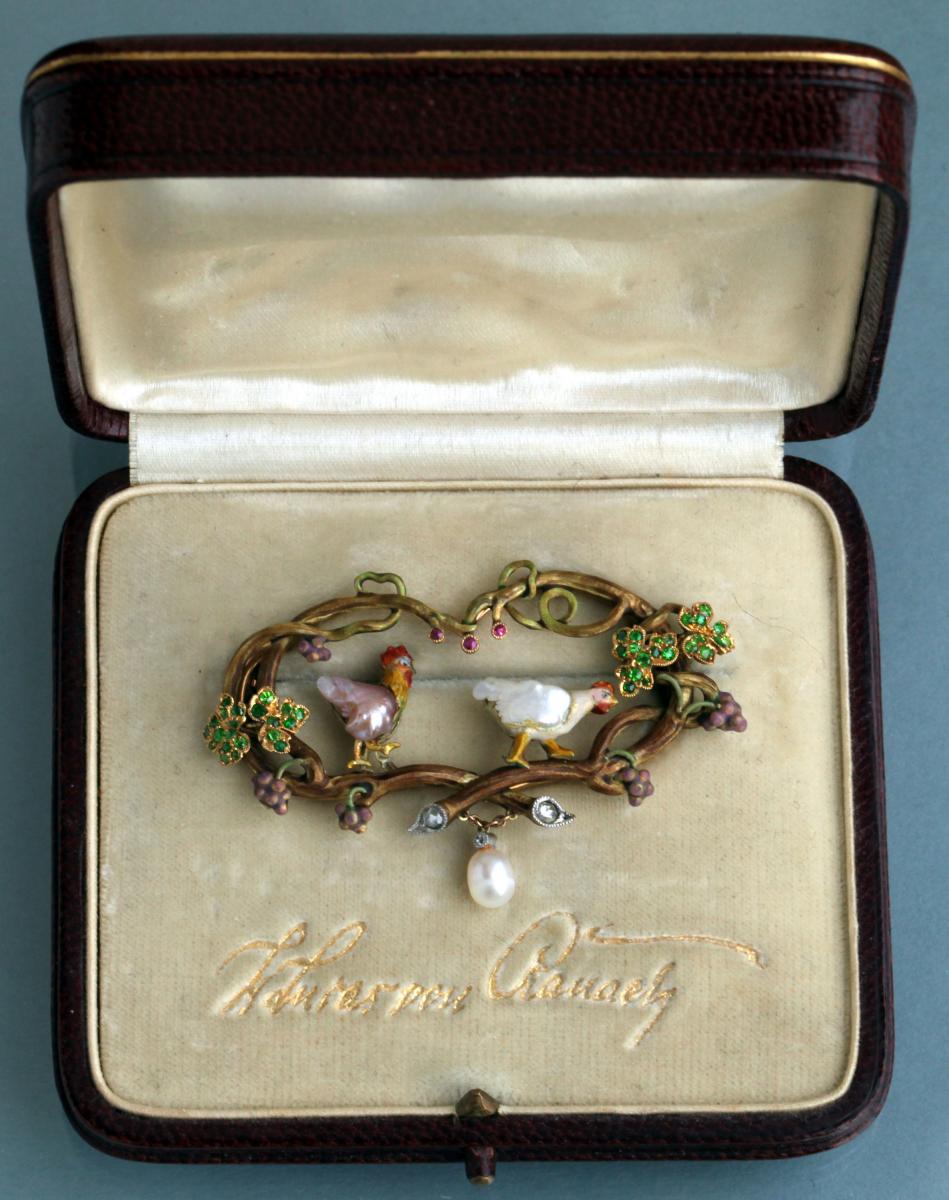
WILHELM LUCAS VON CRANACH (18611918) Symbolist Brooch 'The Cockerel & The Hen' BADA
CRANACH, Wilhelm Lucas von. German jewellery designer (b. 1861, Stargard, d. 1918, Berlin) Preview Picture Data Info; Brooch with butterfly and octopus 1900 Gold, precious stones Schmuckmuseum, Pforzheim: Brooch pendant 1900-10 Gold Private collection: Plug-in comb with insect and algae 1902-03
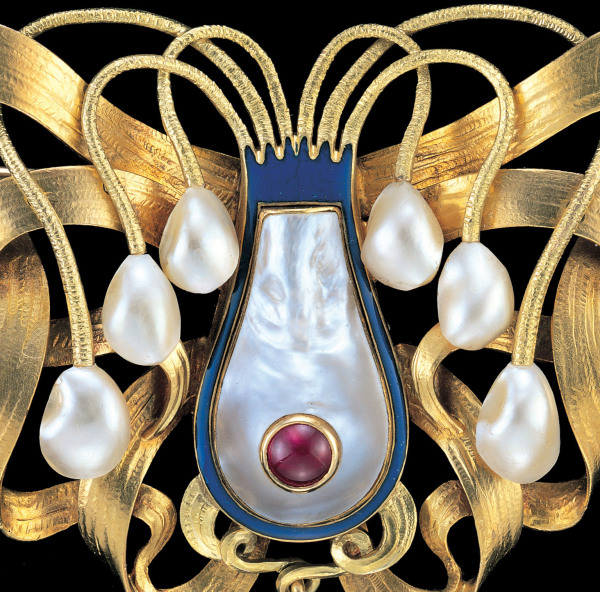
'Cuttlefish' Superb Symbolist Brooch by WILHELM LUCAS VON CRANACH Tadema Gallery
View Wilhelm Lucas von Cranach's artworks on artnet. Find an in-depth biography, exhibitions, original artworks for sale, the latest news, and sold auction prices. Learn about the artist and see available works for sale.
.jpg)
loveisspeed....... Wilhelm Lucas von Cranach Jewelery (1861 1918)
CRANACH, Wilhelm Lucas von (b. 1861, Stargard, d. 1918, Berlin) Biography German painter, interior designer and jewellery designer. After studying in Weimar and Paris, Cranach, a descendant of the 16th-century painter Lucas Cranach the Elder,worked from 1893 as a portrait and landscape painter in Berlin.

Wilhelm Lucas von Cranach (Stargart, 1861 1918) Designers from Germany Art Nouveau
Lucas Cranach the Elder German ca. 1528 Not on view Cranach became a celebrated court painter for the electors of Saxony in Wittenberg. Among the most popular mythological scenes produced by him and his workshop for his courtly patrons were those featuring Venus, in particular the Judgment of Paris.

WILHELM LUCAS VON CRANACH (18611918) Symbolist Brooch 'The Cockerel & The Hen' BADA
Karl Wilhelm Lucas von Cranach, auch Lucas Sunder, (* 27. September 1861 in Stargard; † 31. März 1918 in Berlin) war ein deutscher Maler, Radierer, Architekt und einer der führenden deutschen Schmuckdesigner des Jugendstils. Brosche Octopus und Schmetterling von W. L. von Cranach, Hofjuwelier Louis Werner 1900, Schmuckmuseum Pforzheim

WILHELM LUCAS VON CRANACH Symbolist Brooch 'The Cockerel & The Hen' Art nouveau
Wilhelm Lucas von Cranach (1861-1918) was an artist, interior decorator and highly individual designer of jewellery based in Berlin. His work relates closely to the Art Nouveau style prevalent in Paris and Brussels, and he exhibited at the Paris Exposition of 1900. Known for his jewelled serpents and winged creatures, this charming, domestic.
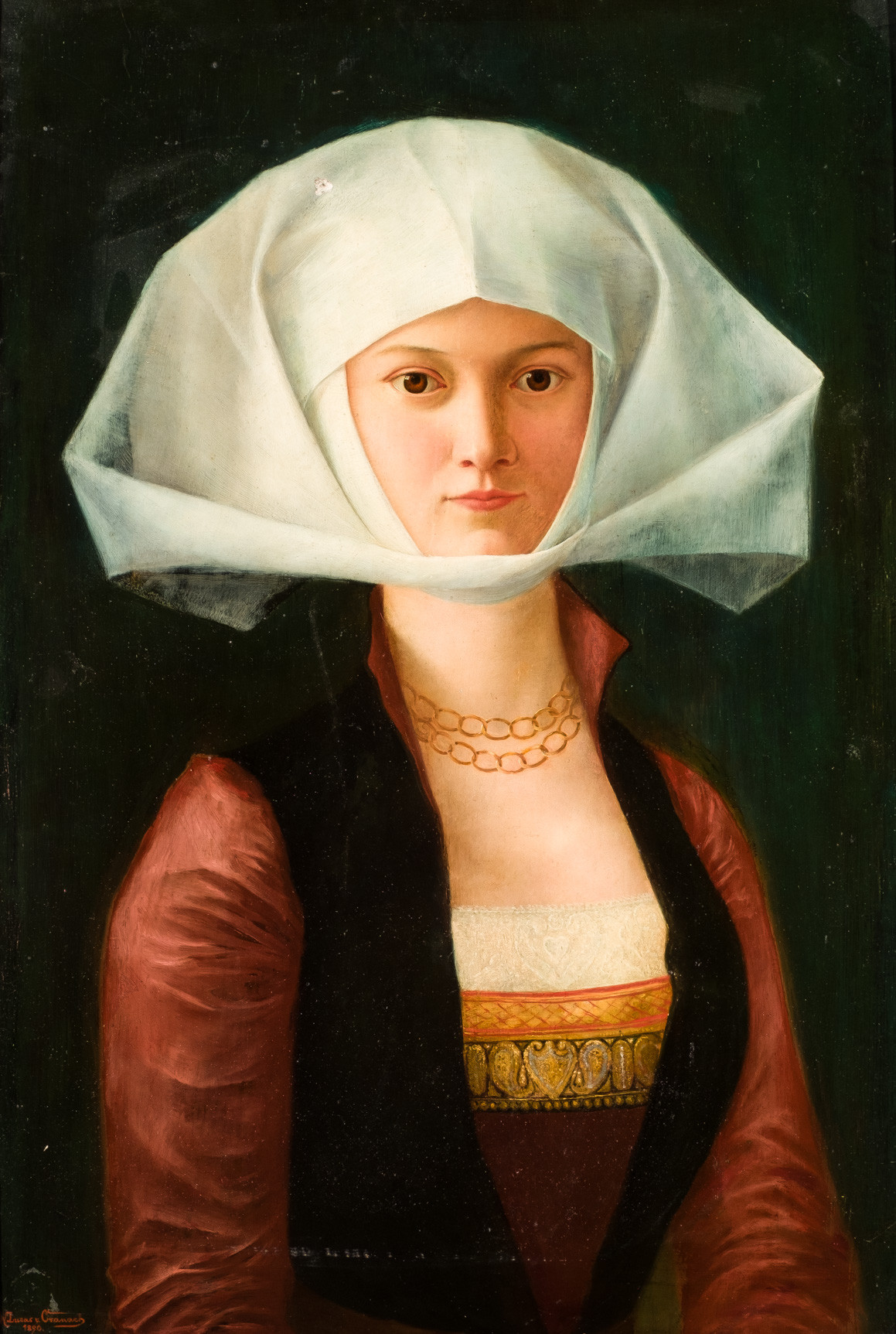
Wilhelm Lucas von Cranach. Marie von Cranach
The Berlin artist Wilhelm Lucas von Cranach was a painter, designer & jeweler who studied in Weimar & Paris. His illustrious ancestor was the renaissance painter Lucas Cranach the Elder. He began designing jewels in the 1890's. Pieces executed by Louis Werner to his designs were shown at the International Exhibition of 1900.